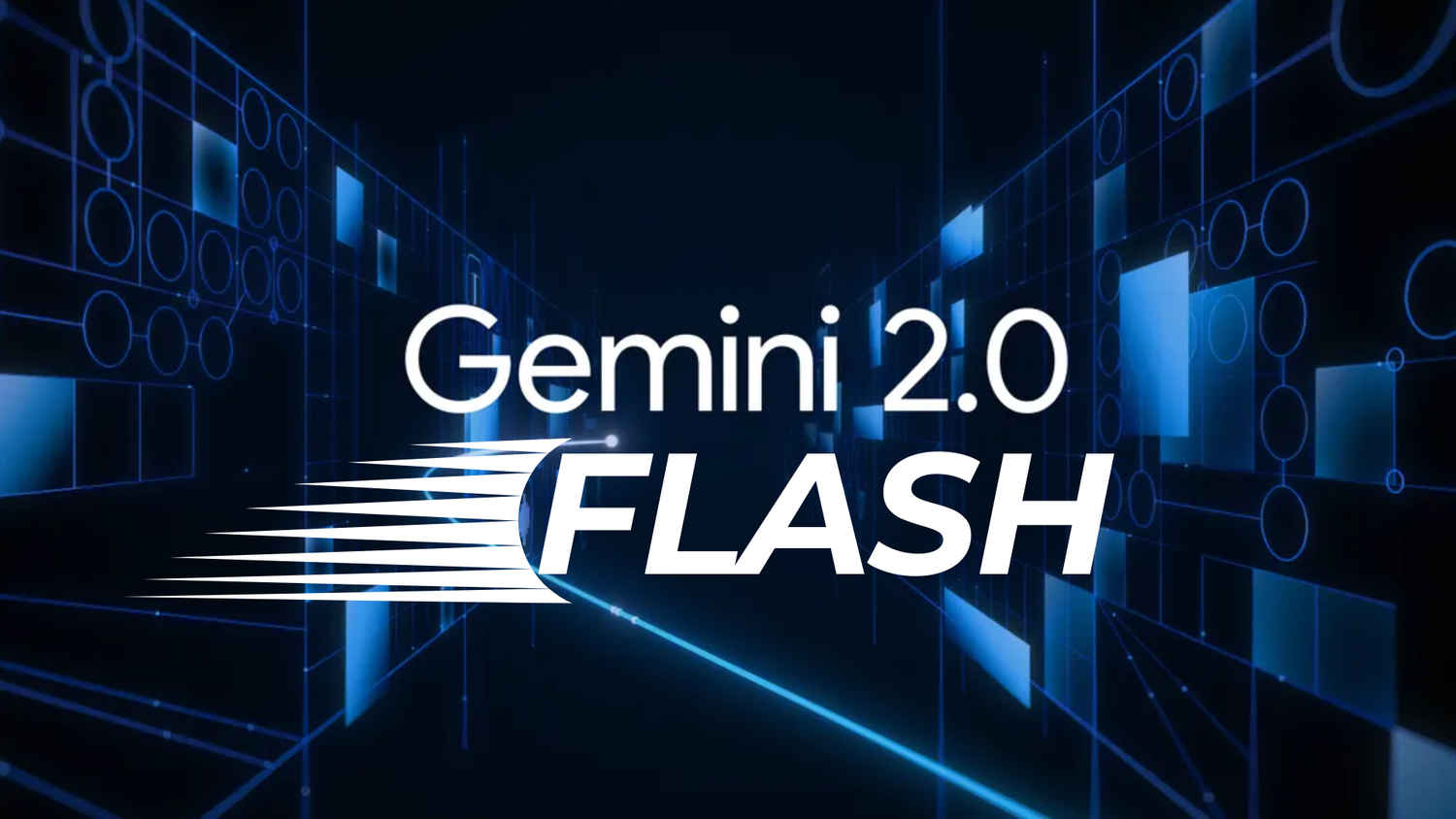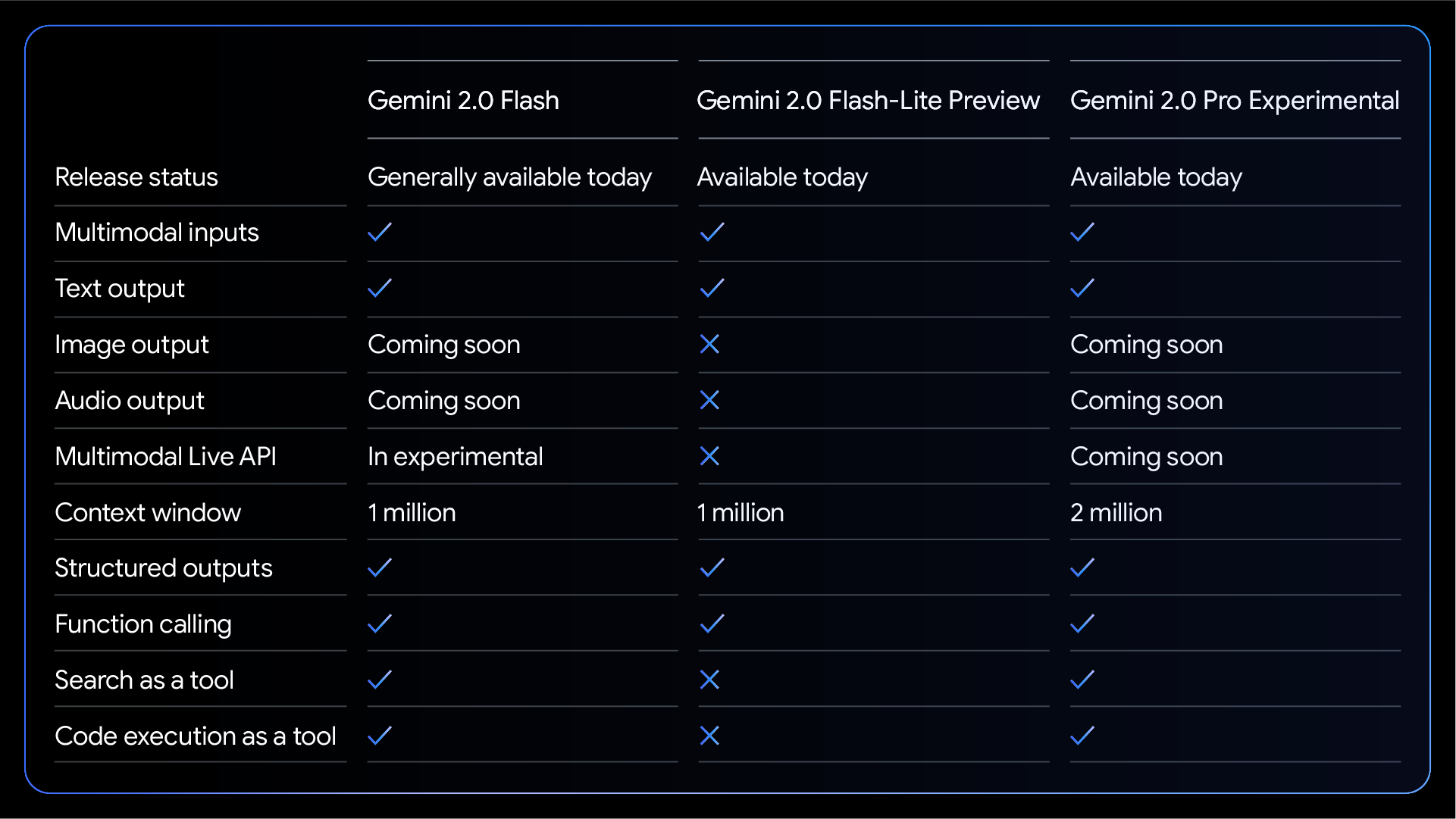Google's Gemini 2.0 Flash Thinking Update
Amidst the buzz surrounding agentic AI, it is the emergence of reasoning models that steals the spotlight. Google has now made its experimental Gemini 2.0 Flash Thinking AI more accessible by bringing it directly to users of the Gemini app. Previously confined to developers in Google AI Studio, the Gemini API, and Vertex AI, this update signifies a broader initiative to incorporate advanced reasoning capabilities into everyday AI interactions.
Advancements in Reasoning Models
The Gemini 2.0 Flash Thinking model sets out to rival other reasoning-focused models like OpenAI's O-series and DeepSeek's R-series. Unlike conventional language models that prioritize natural responses, Flash Thinking emphasizes transparency in reasoning. It aims to demonstrate its thinking process when faced with complex questions, offering structured problem-solving and step-by-step reasoning to elucidate its conclusions.
This new age of AI moves beyond mere text generation to enhance analytical capabilities, catering to tasks that demand visual context as well. While the model can interpret images, it remains text-centric, providing structured explanations instead of visual outputs.

Integration and Expansion
The launch of Flash Thinking is part of the broader expansion of Gemini 2.0, which includes an experimental update to Gemini 2.0 Pro, Google's flagship AI model. Reports suggest that this update improves factual accuracy and performance in coding and mathematical problem-solving. The Pro version will be accessible to advanced Gemini app users and those utilizing AI Studio and Vertex AI.
One standout feature of Gemini 2.0 Flash Thinking is its extensive context window, supporting up to 1 million tokens for input and generating responses as long as 64,000 tokens. This capability allows the model to analyze vast amounts of data without losing coherence, making it invaluable for professionals dealing with complex datasets.

Seamless Integration and Versatility
The model seamlessly integrates with Google's ecosystem, utilizing tools like Google Maps to enhance reasoning processes. By dynamically incorporating different tools such as Search, YouTube, and Maps, Flash Thinking proves to be a versatile assistant for various real-world applications.
Challenges and Future Prospects
While Flash Thinking shows promise in reasoning-heavy tasks, it is not without limitations. Addressing occasional inaccuracies and over-reliance on certain sources remains a challenge for the model. Google continues to refine its approach to enhance both accuracy and efficiency.
Competition in the reasoning AI domain intensifies as other players like OpenAI and DeepSeek advance their models. Google's strategic move to offer Flash Thinking directly to app users underscores its commitment to leading the AI race.

As AI evolves, models like Gemini 2.0 Flash Thinking are reshaping human-technology interactions, offering not just answers but serving as thinking partners proficient in complex problem-solving.




















